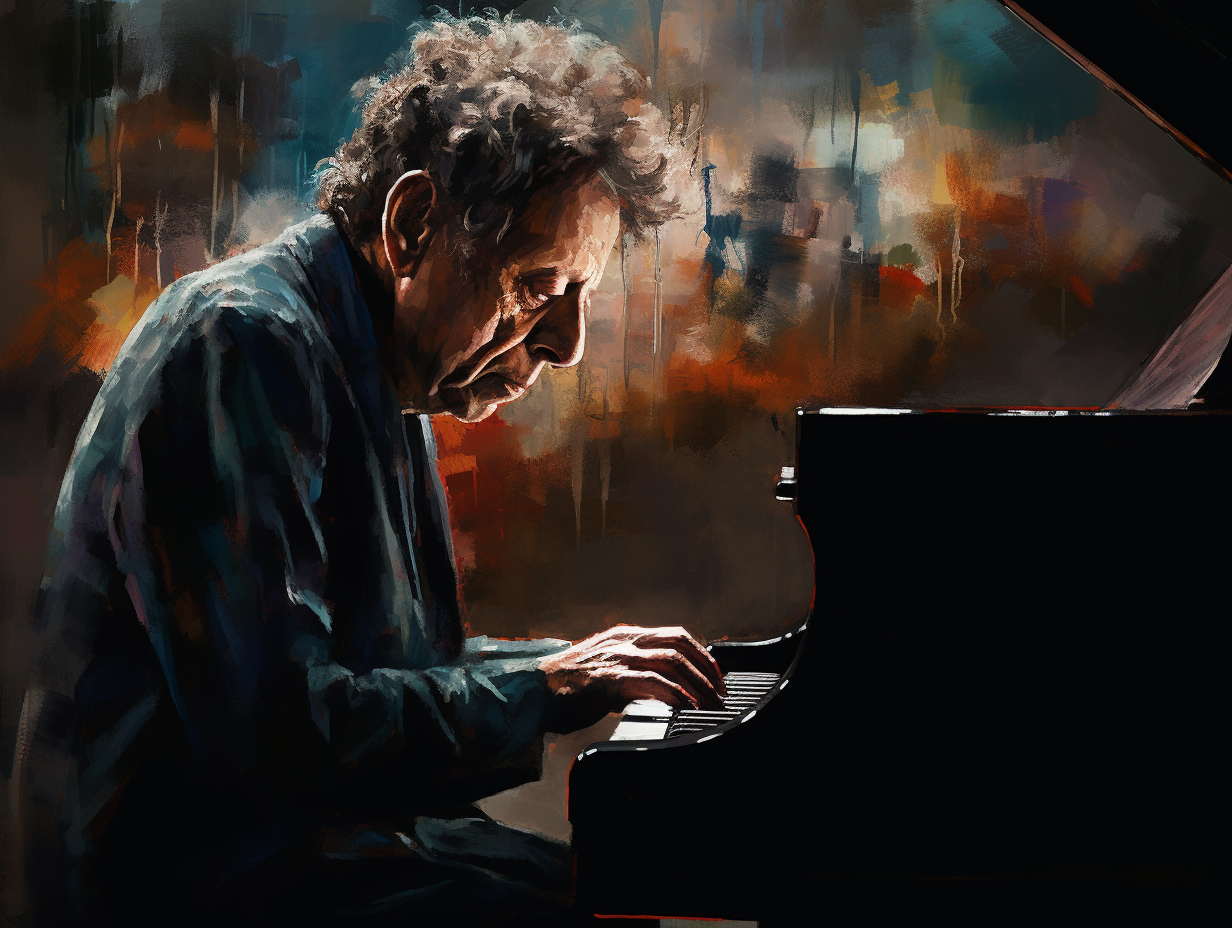Dreaming Awake - Philip Glass

In this article, we'll dive deep into the enchanting world of the solo piano piece titled Dreaming Awake by the renowned composer, Philip Glass. Prepare to be captivated by the rich history, intriguing music theory, and widespread popularity of this mesmerizing composition.
A Glimpse into the Creation of Dreaming Awake
Composed by one of the most influential musicians of the late 20th century, Dreaming Awake is a haunting and meditative solo piano piece by Philip Glass. The composition was released in 2006 as part of his album Music of Hope, which primarily features solo piano works. Glass's extensive career spans a variety of musical styles, including opera, chamber music, and film scores, but his solo piano works have always held a special place in the hearts of music lovers across the globe.
The release of Dreaming Awake was met with critical acclaim, both for its captivating melodies and its ability to evoke deep emotions. The brooding, repetitive nature of the composition invokes a contemplative atmosphere, creating a profoundly personal and unforgettable listening experience.
An Intriguing Blend of Musical Elements
As a composition deeply rooted in minimalist aesthetics, Dreaming Awake showcases Glass's signature style and his innovative approach to music theory. The piece is primarily centered around the repetitive use of arpeggiated chords, which creates an alluring sense of fluidity.
Harmonically, the piece utilizes quartal harmony, putting emphasis on the interval of a perfect fourth. The key is not strictly defined in Dreaming Awake, allowing the listener to experience a sense of ambiguity and fostering a profound connection to the music. The composition contains an array of time signatures that seamlessly flow from one to the next, a hallmark of Glass's distinctive style.
Lastly, the scale used in Dreaming Awake is mainly pentatonic, which gives the piece a sense of simplicity and purity, while also evoking an other-worldly atmosphere that engulfs the listener.
A Timeless Piece of Music Resonating with Listeners
Dreaming Awake's popularity can be attributed to its profound ability to evoke a sense of introspection, contemplation, and emotional depth. The repetitive yet soothing structure, combined with its minimalist approach, creates an immersive and meditative listening experience.
Furthermore, the piece's accessibility allows it to resonate with a wide range of audiences, regardless of their level of musical expertise. As a result, Dreaming Awake has become a staple in the solo piano repertoire, consistently praised for its emotional depth and enchanting harmonic progression.
Lastly, the captivating mood and atmospheric qualities of Dreaming Awake have led to its use in various media productions, including film scores and TV shows, further solidifying its position as a modern classic in the world of solo piano music.
Conclusion
Philip Glass's Dreaming Awake stands as a testament to the power of minimalist solo piano music in capturing the emotions and imaginations of listeners around the world. With its impeccable blend of music theory, haunting melodies, and its ability to invoke deep contemplation, it is no surprise that this composition continues to enchant audiences to this day.
As we have explored the history, musical elements, and reasons for its popularity, one cannot help but be in awe of the timeless beauty and depth of Dreaming Awake. It serves as a reminder that sometimes, simplicity is key, and that within the most minimalistic compositions lies an entire world of emotion and wonder waiting to be uncovered.
Publication date: 04. 04. 2023


